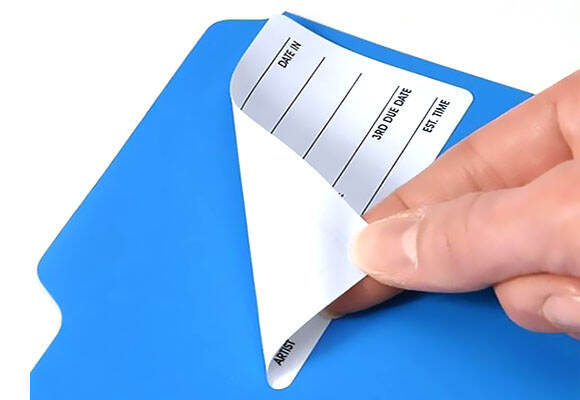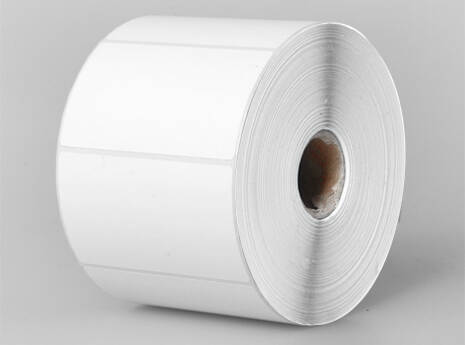Email cannot be empty
Password cannot be empty
checkout as a guest
or
Facebook
Google
Email format error
Email cannot be empty
Email already exists
6-20 characters(letters plus numbers only)
The password is inconsistent
Please enter the email address you’d like your password reset information sent to.
Email format error
Email cannot be empty
Email does not exist
Reset account password
For the account
6-20 characters(letters plus numbers only)
The password is inconsistent
Reset success
Your password was reset. You can log in using your new password.
Login


What Are Direct Thermal Labels Used For?
2025-04-10 16:25:17
Direct thermal labels are a versatile and cost-effective labeling solution that has become increasingly popular across various industries. At Siga Packing, we understand the importance of choosing the right label for your specific needs. In this blog post, we’ll explore the many uses of direct thermal labels and why they are a popular choice for businesses.
What Are Direct Thermal Labels?
Direct thermal labels are printed using a thermal printer that applies heat directly to the label material. This process activates a heat-sensitive coating on the label, creating the desired text or image. Unlike thermal transfer labels, direct thermal labels do not require an ink ribbon, making them simpler and more cost-effective to use.

Common Uses of Direct Thermal Labels
1. Shipping and Logistics
Direct thermal labels are the industry standard for shipping and logistics. They are ideal for creating shipping labels, barcode labels, and tracking labels. Their fast printing speed and low maintenance make them perfect for high-volume applications.
2. Retail and Point-of-Sale
In retail environments, direct thermal labels are commonly used for printing receipts, price tags, and temporary tags. Their ability to print quickly and efficiently makes them suitable for high-volume, short-term use.
3. Inventory and Asset Management
Direct thermal labels are also used for inventory and asset management. They can be printed with barcodes and QR codes to help track items efficiently. However, they are best suited for indoor use and short-term applications.
4. Food and Beverage
Direct thermal labels are used for labeling food items, including meat labels, weight labels, and freezer items. They can withstand cold temperatures and moisture, making them suitable for refrigerated and frozen products.
5. Healthcare
In healthcare settings, direct thermal labels are used for patient wristbands, medication labels, and specimen labels. They provide quick and reliable labeling solutions for short-term use.
Advantages of Direct Thermal Labels
Cost-Effective
Direct thermal labels do not require ink or ribbons, reducing ongoing costs. This makes them an economical choice for businesses with high labeling volumes.
Fast Printing
Thermal printers can print labels quickly, making them ideal for fast-paced environments such as logistics and retail.
High Clarity
Direct thermal labels produce high-quality, sharp images and barcodes, ensuring readability and scannability.
Considerations for Using Direct Thermal Labels
Durability
Direct thermal labels are not as durable as thermal transfer labels. They are susceptible to fading when exposed to heat, light, or chemicals. Therefore, they are best suited for short-term use and indoor environments.
Color Limitations
Direct thermal labels are typically printed in black. While colored label materials can be used to make them more visually appealing, they do not support multiple colors.
When to Choose Direct Thermal Labels
-
Short-Term Applications: If you need labels for temporary use, such as shipping labels, receipts, or event badges, direct thermal labels are a great choice.
-
Indoor Use: Direct thermal labels are best suited for indoor environments where they are not exposed to harsh conditions.
-
High-Volume Printing: For applications that require fast and efficient printing of large quantities of labels, direct thermal labels are ideal.
Conclusion
Direct thermal labels offer a cost-effective, fast, and reliable labeling solution for a wide range of applications. While they may not be suitable for long-term or outdoor use, their versatility and efficiency make them an excellent choice for short-term labeling needs. At Siga Packing, we provide high-quality direct thermal labels tailored to your specific requirements. Contact us today to learn more about our solutions and how they can benefit your business.
Contact us

